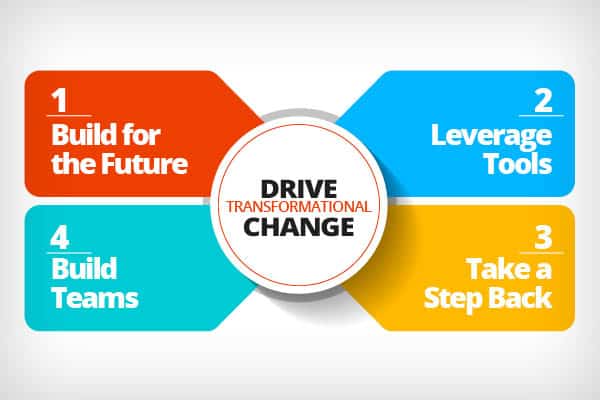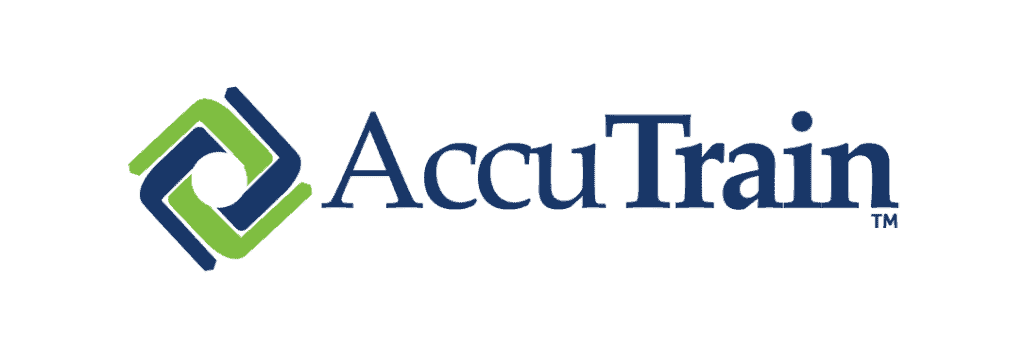Superintendents committed to growth and change must shift from thinking their role is to put out fires to preventing fires in the first place, writes Neil Gupta, superintendent for Oakwood City Schools, Ohio, in eSchool News.
“I’ve learned leadership is about using the privilege of our position to build collaborative teams of talented and motivated individuals who can help us stay ahead of any problems and drive innovation that brings impactful change,” he writes.
Here are four lessons that have shaped how Gupta works with others:
1) Build for the future
To elevate school districts, leaders must eliminate the top-down system and develop a grassroots mindset engaging all stakeholders. Inspire a shared vision, ensure collective ownership of a project, and allocate tasks to those best suited for the work. Empower and develop others around you to fulfill your mission and ensure it endures even after you move on.
2) Leverage tools
Technology is a supporting character, used to assist teachers, staff and administrators implement best practices.
Balance tech integration so it supports your educators’ preferred teaching models rather than stealing the spotlight from them. Don’t ingrain the belief that technology is non-negotiable. For example, instead of a teacher using technology to point out the parts of a leaf on screen, take students outside to explore leaves on school grounds.
Identify AI and tech tools that support your role. This can include digital workspaces that enable cross-department collaboration, fundraising systems that promote transparency and accountability, and better communication inside and outside your school doors. Vet and evaluate each tech tool before buying-in to ensure it meets your strategic needs.
3) Take a step back
Leaders inherently want to innovate to improve students’ learning experiences. One of the most challenging aspects of moving districts forward is taking a step back.
The best way to avoid resistance and obtain buy-in is to “unfreeze-change-refreeze,” according to the three-stage change model developed by psychologist Kurt Lewin.” Gupta used this model to integrate more STEM into his curriculum. The process began by “unfreezing” the status quo –auditing staff attitudes on current STEM programs, identifying the “whys” behind need for change, and constructing a compelling message to energize stakeholders. During the change stage, early adopters were empowered and modifications to the rollout were made based on their feedback. After curriculum updates were successfully implemented, leaders had to “refreeze” the school back to stability and have teachers settle into the new routine.
Do your due diligence as a leader and include stakeholders to transform your school culture from compliance to commitment. Everyone wants to be part of a movement that improves student outcomes.
4) Build teams
Instead of being a time-centered leader, become a developmental-centered leader. Focus on gathering information from stakeholders as you work through the decision-to-implementation process. As the African proverb says: “If you want to go fast, go alone. If you want to go far, go together.”
Last year, Gupta had to adjust his schools’ bell schedule to accommodate a week of state testing. He could have scribbled down a schedule in minutes. Instead, he took a few weeks to get everyone on the same page. He talked to food service to figure out how to fit in all the lunch hours; the bus drivers about the impact of a delayed dismissal time; and career counselors to make sure students could get to their offsite CTE programs. Devoting time to team building ensures all stakeholders are comfortable with decisions and frustrations are avoided.
Commit to growth and change to lift your students out of the status quo when it is no longer viable for impactful learning. Ensure those around you share your dedication. This requires devoting the time to building talented teams, focusing on the future and setting an intention for true collaboration district-wide.
“I believe this message needs to drive everything we do in education – when we unite as a team, we create the best opportunities for our students,” Gupta writes.
eSchool News





